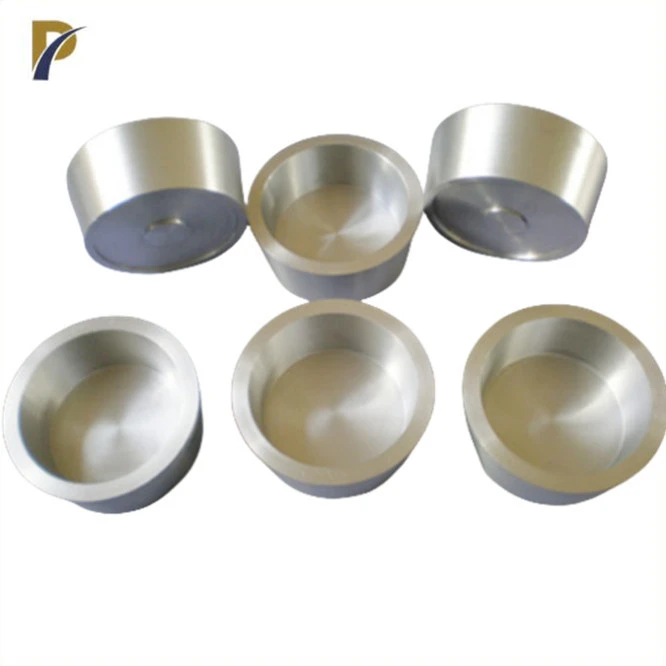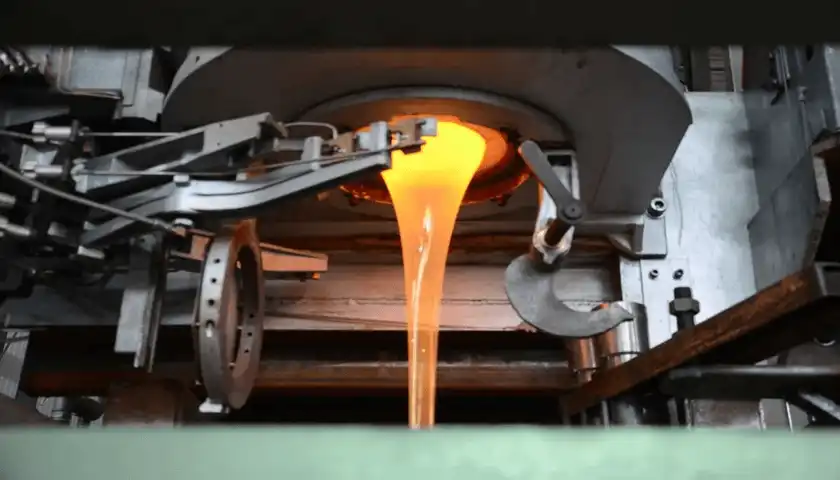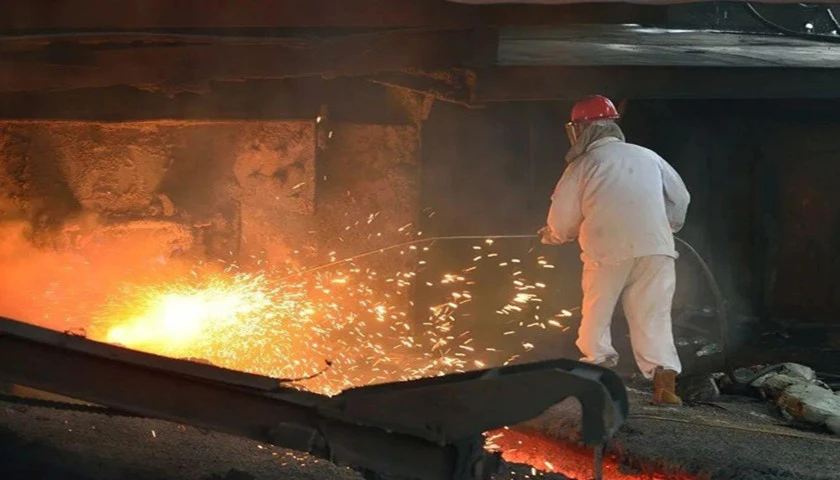Advanced Manufacturing Techniques for Molybdenum Crucible Liners
Precision Machining and Surface Finishing
The realm of molybdenum crucible liner production is witnessing a paradigm shift with the advent of ultra-precise machining techniques. Computer Numerical Control (CNC) systems, coupled with advanced metrology tools, are enabling manufacturers to achieve unprecedented levels of accuracy in crucible liner dimensions. This precision is crucial for ensuring optimal thermal conductivity and uniform heat distribution within the crucible, leading to improved process efficiency and product quality.
Surface finishing techniques have also evolved significantly. Electropolishing and plasma-assisted chemical vapor deposition (PACVD) are being employed to create exceptionally smooth surfaces on molybdenum crucible liners. These refined surfaces minimize material adhesion and contamination, a critical factor in industries such as semiconductor manufacturing where purity is paramount.
Additive Manufacturing Breakthroughs
This innovation permits for the creation of complex geometries and inner structures that were already incomprehensible or restrictively costly to fabricate utilizing conventional strategies.Selective Laser Melting (SLM) and Electron Beam Melting (EBM) are at the forefront of this revolution, enabling the production of crucible liners with optimized thermal properties and enhanced structural integrity.
These additive techniques also facilitate rapid prototyping and customization, allowing manufacturers to quickly iterate designs and produce tailored solutions for specific client needs. This flexibility is particularly valuable in research and development settings, where unique experimental setups often require specialized crucible liner configurations.
Hybrid Manufacturing Approaches
A promising trend in molybdenum crucible liner production is the emergence of hybrid manufacturing approaches. These methods combine the strengths of additive and subtractive manufacturing techniques to create components with superior properties. For instance, a crucible liner might be 3D printed to achieve a complex internal structure, then precision-machined to ensure critical dimensions and surface finishes meet exacting specifications.
This hybrid approach not only optimizes the production process but also allows for the integration of features that enhance the liner's performance, such as embedded sensors for real-time temperature monitoring or engineered porosity for improved thermal management.
 |
 |
Material Innovations in Molybdenum Crucible Liners
High-Purity Molybdenum Alloys
The journey for ever-higher immaculateness in molybdenum crucible liners proceeds unabated.Advanced refining methods, counting zone refining and electron bar dissolving, are being utilized to deliver molybdenum with pollution levels in the parts-per-billion run.These ultra-pure materials exhibit superior resistance to high-temperature deformation and chemical attack, extending the lifespan of crucible liners and reducing contamination risks in critical processes.
Furthermore, researchers are developing new molybdenum alloys that incorporate trace amounts of carefully selected elements to enhance specific properties. For example, the addition of lanthanum oxide can significantly improve the alloy's resistance to recrystallization at elevated temperatures, maintaining the crucible liner's structural integrity during prolonged use at extreme temperatures.
Nanostructured Molybdenum Composites
Nanostructured molybdenum composites speak to a wilderness in cauldron liner materials.By consolidating nanoscale particles or filaments into the molybdenum lattice, researchers are making materials with uncommon quality, sturdiness, and warm stability.These composites can withstand warm cycling and mechanical stresses distant superior than conventional molybdenum combinations, making them perfect for applications in the most requesting environments.
One particularly promising street is the enhancement of molybdenum-ceramic nanocomposites.These materials combine the tall dissolving point and chemical torpidity of molybdenum with the uncommon hardness and wear resistance of ceramics like silicon carbide or boron nitride.The result is a pot liner fabric that offers phenomenal toughness and execution in destructive or rough situations.
Functionally Graded Materials (FGMs)
Functionally Graded Materials (FGMs) are emerging as a revolutionary approach to crucible liner design. These materials feature a gradual change in composition or structure across their thickness, allowing engineers to tailor the properties of the liner to meet specific requirements at different locations. For instance, the inner surface of a crucible liner might be optimized for chemical resistance and non-wetting behavior, while the outer layers are engineered for maximum thermal conductivity and structural strength.
The application of FGMs in molybdenum crucible liners enables a new level of performance optimization. By carefully controlling the composition gradient, manufacturers can create liners that offer the best possible combination of properties for a given application, potentially extending operational lifetimes and improving process efficiency.
 |
 |
Emerging Applications and Industry Impact
Advanced Semiconductor Manufacturing
The semiconductor industry stands at the forefront of benefiting from advancements in molybdenum crucible liner technology. As chip manufacturers push towards smaller node sizes and more complex 3D architectures, the demands on crucible liners used in epitaxial growth and chemical vapor deposition processes have intensified. Next-generation molybdenum crucible liners, with their improved immaculateness and warm solidness, are empowering the generation of semiconductors with uncommon levels of execution and reliability.
Moreover, the capacity to make crucible liners with accurately controlled surface properties is demonstrating vital in the advancement of modern semiconductor materials, such as wide-bandgap compounds for control hardware. These progressed liners encourage more uniform development conditions, driving to higher quality gems and moved forward gadget yields.
Renewable Energy Technologies
The renewable vitality segment, especially sun oriented cell fabricating, is balanced to use the most recent developments in molybdenum crucible liners.In the generation of high-efficiency photovoltaic materials, such as perovskite sun oriented cells or multi-junction cells, the exact control of development conditions is paramount.Advanced molybdenum crucible liners, with their predominant warm administration capabilities and decreased defilement dangers, are empowering producers to accomplish higher transformation efficiencies and made strides long-term steadiness in sun oriented cell production.
Additionally, the improvement of next-generation battery innovations, counting solid-state batteries, is profiting from these progressions.Molybdenum crucible liners with engineered surface properties and exceptional chemical resistance are facilitating the synthesis of novel electrolyte materials and cathode compounds, potentially unlocking new frontiers in energy storage capacity and safety.
Aerospace and Advanced Materials Research
The aerospace industry and advanced materials research sectors are finding new applications for cutting-edge molybdenum crucible liners. In the development of high-temperature alloys for jet engines and hypersonic vehicles, these liners play a crucial role in melt processing and directional solidification techniques. The ability to create crucible liners with complex internal geometries through additive manufacturing is enabling researchers to explore novel cooling strategies and melt flow control, potentially leading to alloys with superior mechanical properties and thermal resistance.
Furthermore, in the realm of materials science, advanced molybdenum crucible liners are facilitating the synthesis of exotic materials under extreme conditions. From the growth of large single crystals for quantum computing applications to the production of ultra-hard materials for cutting tools, these liners are expanding the boundaries of what's possible in materials processing and characterization.
Conclusion
The future of molybdenum crucible liners is marked by exciting innovations that promise to revolutionize high-temperature material processing across various industries. From advanced manufacturing techniques and novel material compositions to emerging applications in cutting-edge technologies, the trends shaping molybdenum crucible liners for 2025 and beyond are set to drive significant advancements in product quality, process efficiency, and technological capabilities. As these improvements proceed to unfurl, they will without a doubt open modern conceivable outcomes for logical inquire about, mechanical generation, and innovative development, cementing the basic part of molybdenum pot liners in forming our mechanical future.
Contact Us
To learn more about our cutting-edge molybdenum crucible liners and how they can benefit your operations, please contact us at info@peakrisemetal.com.Our group of specialists is prepared to offer assistance you remain ahead of the bend with the most recent headways in materials innovation.

